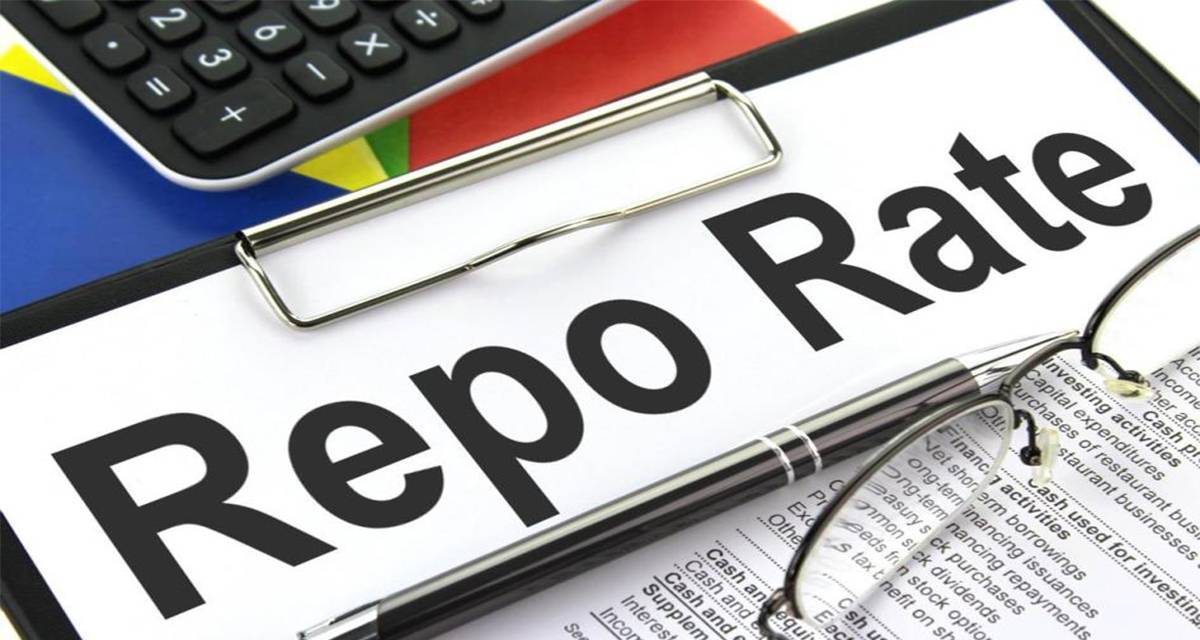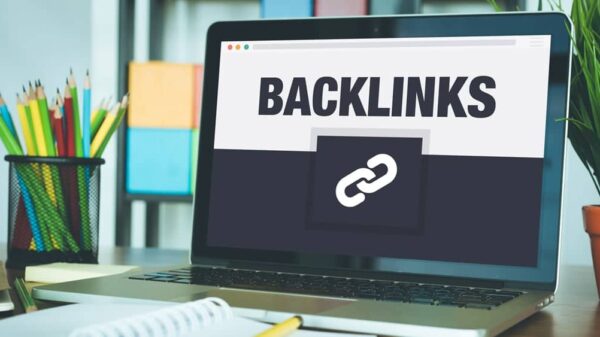If you are planning to avail of a home loan in India, you must develop a deep understanding of the factors that will have an impact on your home loan EMIs and your total interest pay out. While most borrowers understand the impact of factors, such as credit score, income and job stability, etc., not many are familiar with the concept of the Repo Rate, even when most home loans are linked to the Repo Rate and the effect of increase is Repo Rate is directly felt by home loan borrowers.
So, before we get to Repo Rate increase effects, let us understand what is Repo Rate.
What is Repo Rate?
Much like how the normal borrowers pay interest to the banks when they avail of credit from them, commercial banks must also pay interest to the central bank of the country, i.e. the Reserve Bank of India, on the money they have borrowed from the RBI. Commercial banks and lenders borrow money from the RBI to remain liquid and to be able to lend money to borrowers. The current repo rate stands at 6.50%.
The Covid-19 pandemic wreaked havoc on the Indian economy and therefore, to give a boost to it, the RBI reduced the Repo Rate. However, the economy is recovering now but the inflationary pressure has increased quite a lot. Thus, the RBI has been slowly and systemically raising the Repo Rate.
The last Repo Rate hike happened on February 8, 2023, when the RBI increased the Repo Rate by 25 basis points. Before this, the RBI had already already increased the Repo Rate by a total of 250 basis points in the financial year 2023. However, the RBI left the Repo Rate unchanged on April 6, 2023, during its first bi-monthly policy announcements of the year.
The question is why is the repo rate important and how does it affect home loan buyers? What is the effect of increase in Repo Rate on home loan borrowers? Read on to know the answer.
How Does Repo Rate Increase Affect Home Loan Borrowers?
The Repo Rate is the rate at which the Reserve Bank of India lends money to the commercial banks in country. When the RBI increases the Repo Rate, banks have to pay a higher interest on the money borrowed to the Reserve Bank of India. Thus, in return, banks charge a higher rate of interest from their customers. Since most home loans are availed of on floating interest rates, they are linked to the Repo Rate. Thus, when the Repo Rate goes up, loans become expensive and EMIs go up in the case of home loans availed of on floating interest rates. On the other hand, when the Repo Rate goes down, loans become cheaper and for home loans availed of on floating interest rates, the EMI goes down.
Borrowers must however know that while most lenders are quick to pass on Repo Rate hikes to borrowers, when the RBI decreases the Repo Rate, the banks and lenders do not always pass on the benefits to its customers. Home loan borrowers must therefore keep an eye on Repo Rate hikes and cuts and ensure that their bank is passing the benefits to them at the right time.
The Repo Rate is an important tool in the hands of the Reserve Bank of India and the central bank of the country uses this tool judiciously to ensure sustained economic growth. Another tool that the RBI uses to control inflationary pressures within the economy is the Reverse Repo Rate. So, while we are on the topic of the Repo Rate, let us also explain to our readers what is Reverse Repo Rate. It is not always the Reserve Bank of India that lends money to commercial banks within the country. Sometimes the banks also deposit money with the RBI and when they do so, they earn interest on it. The rate at which the RBI pays interest to commercial banks and lenders within the country on deposits they have made with the RBI is known as the Reverse Repo Rate. Currently, the Reverse Repo Rate stands at 3.50%.
FAQs
Q: I have availed of a loan on fixed home loan interest rates. Will my EMIs get affected by a change in the Repo Rate?
In the case of fixed interest rate home loans, the rate of interest does not depend on the external market conditions. Thus, any changes in the Repo Rate will have no impact on your EMIs and the total interest payout if you have availed of the loan on a fixed rate of interest.
Q: Does the Repo Rate change only once or can it change more than once in a financial year?
The Repo Rate can change multiple times in a financial year. All banks have a pre-decided date on which they release details about the Repo Rate that will be prevalent during the coming months.
Q: Can I switch my home loan from MCLR/BPLR/MRR Rate to Repo Rate-linked home loans?
Yes, it is quite possible to do so. However, to be able to do so, you will have to submit a written request to your lender.










